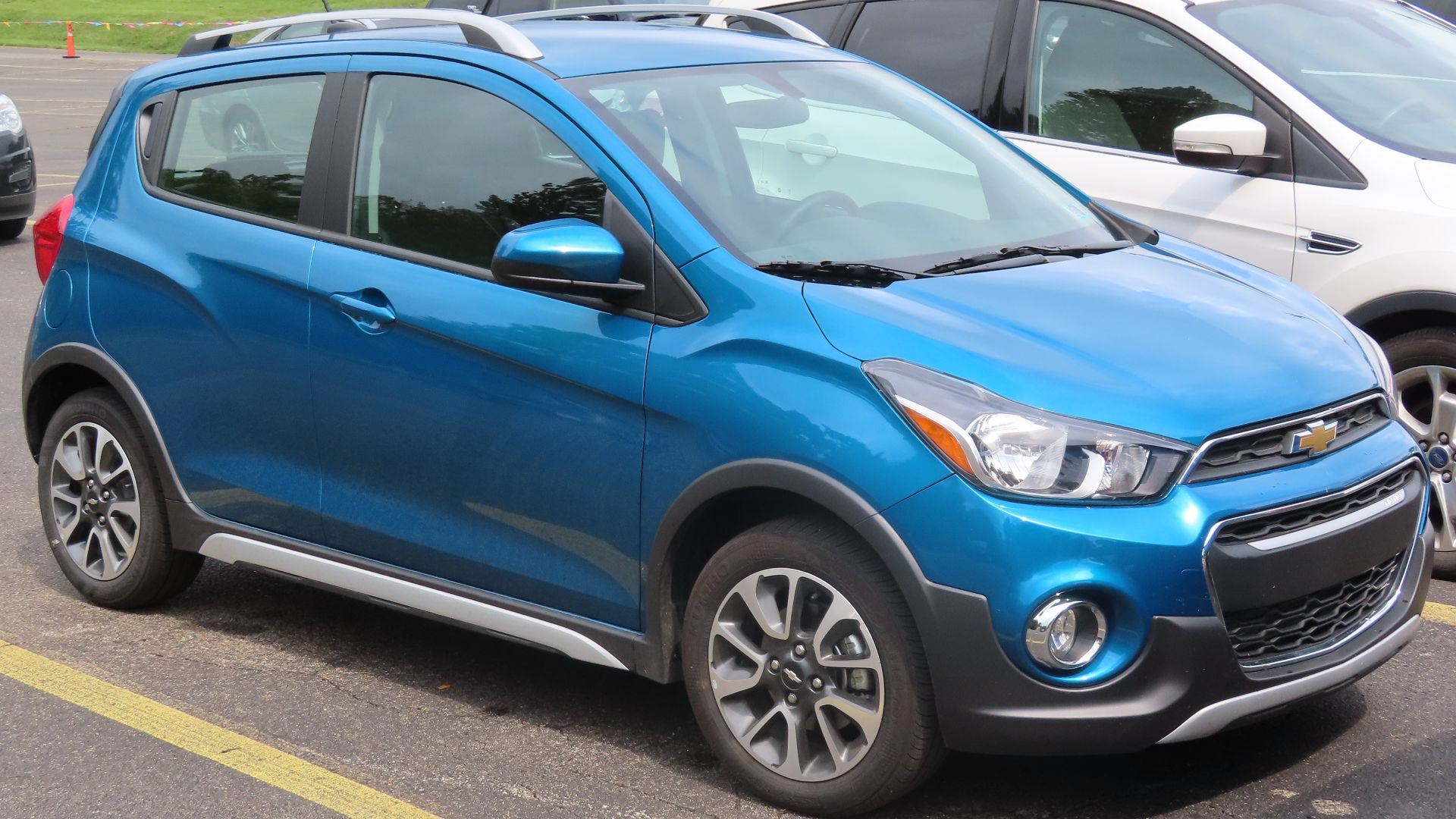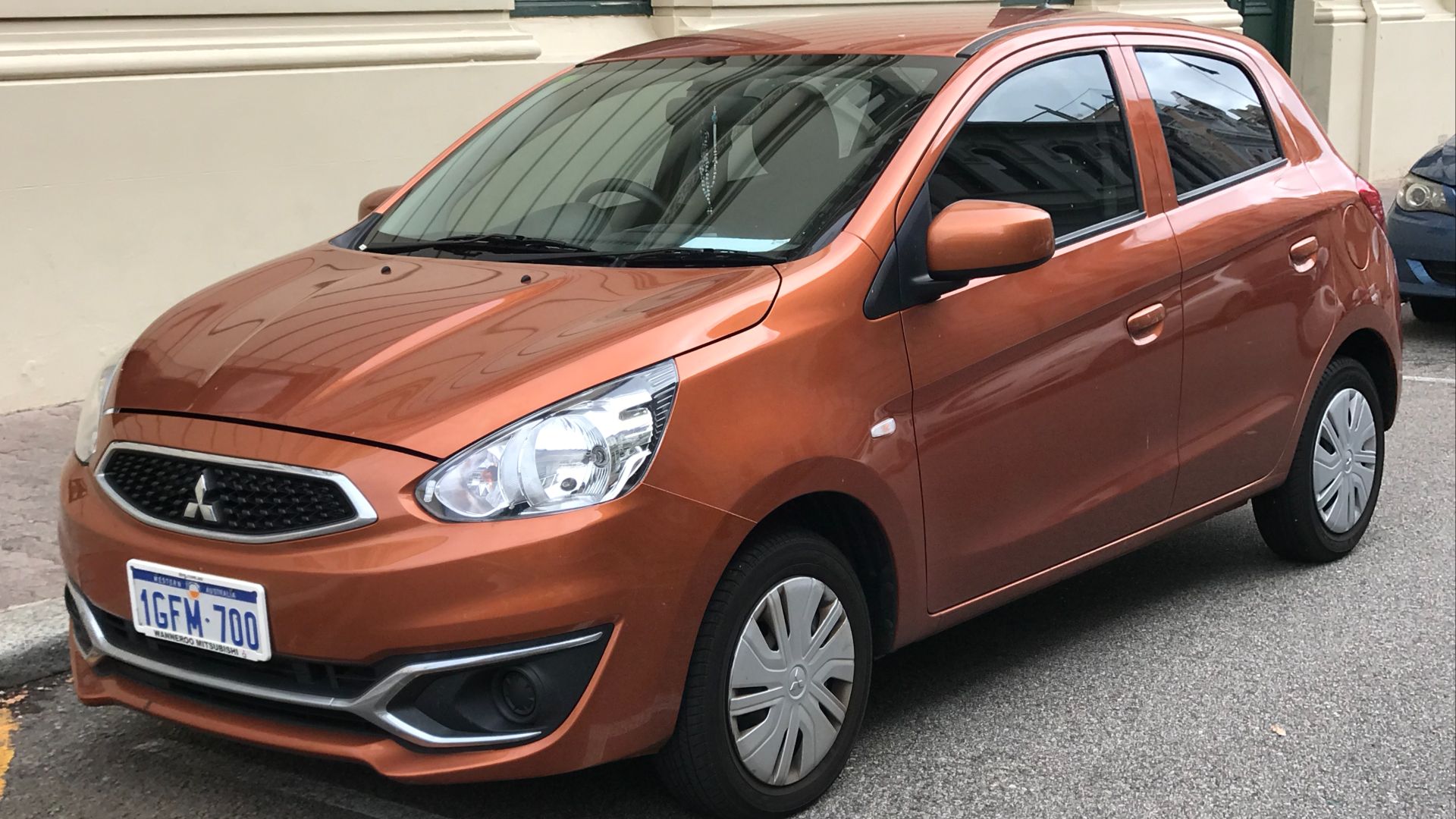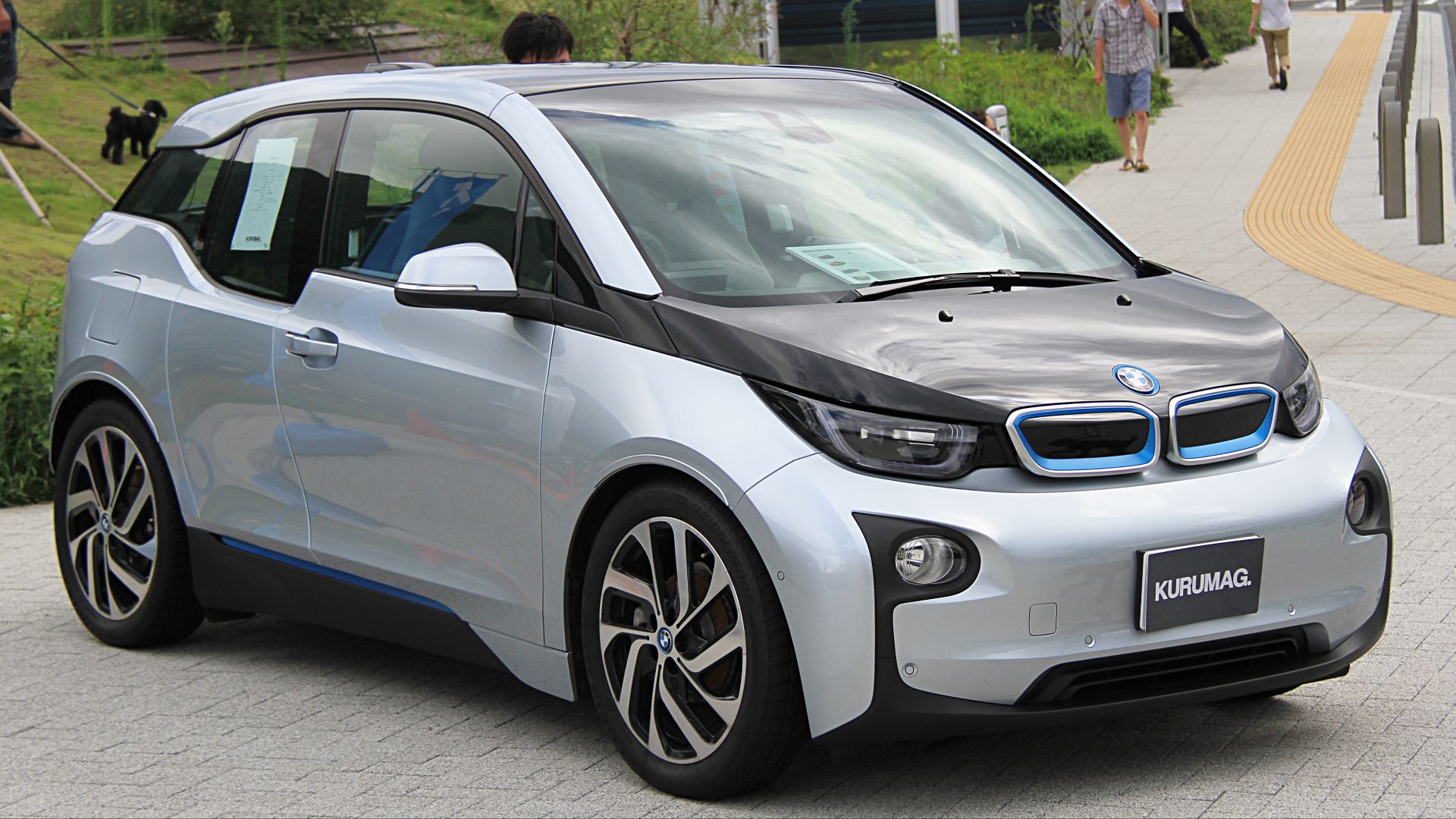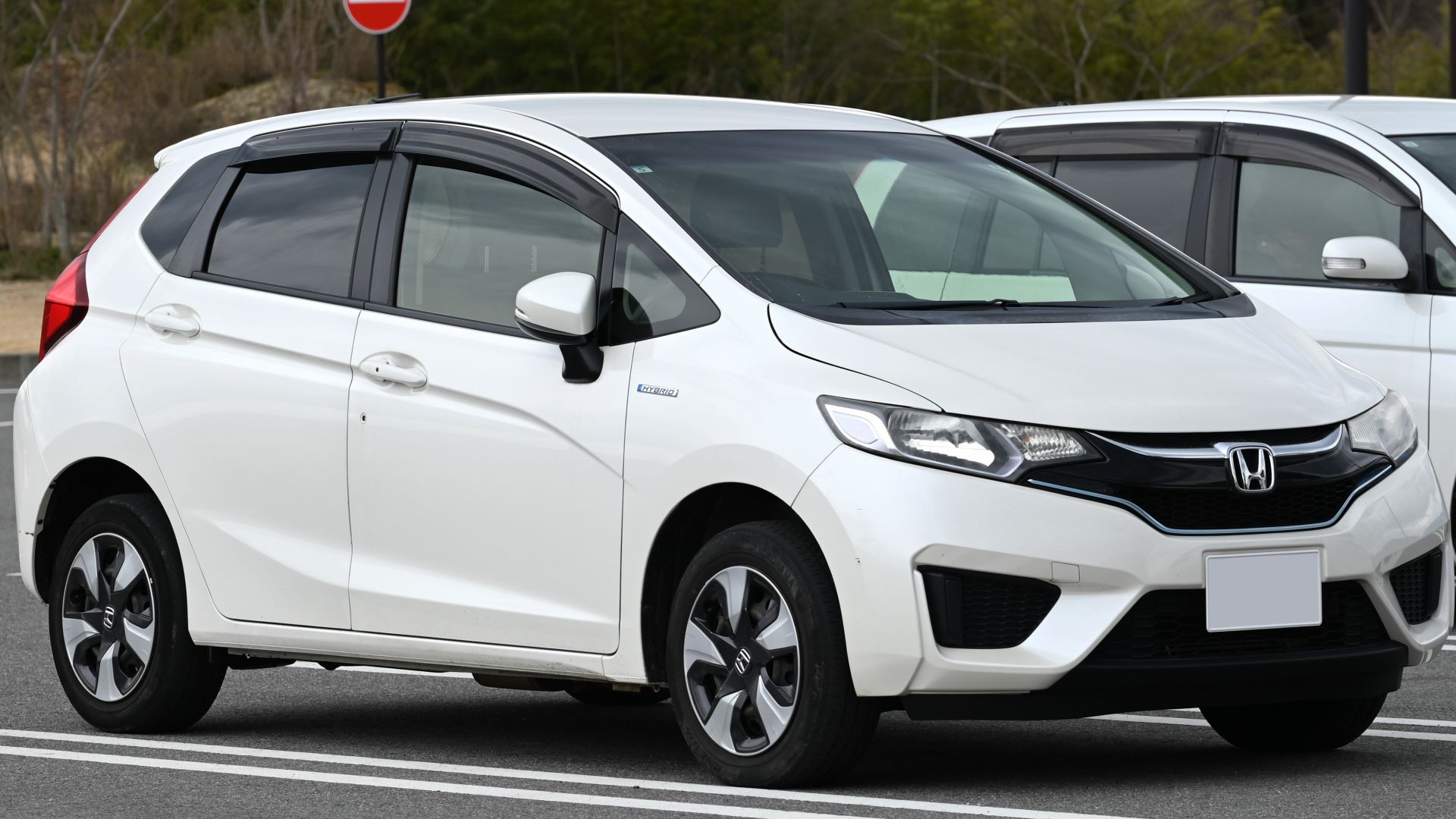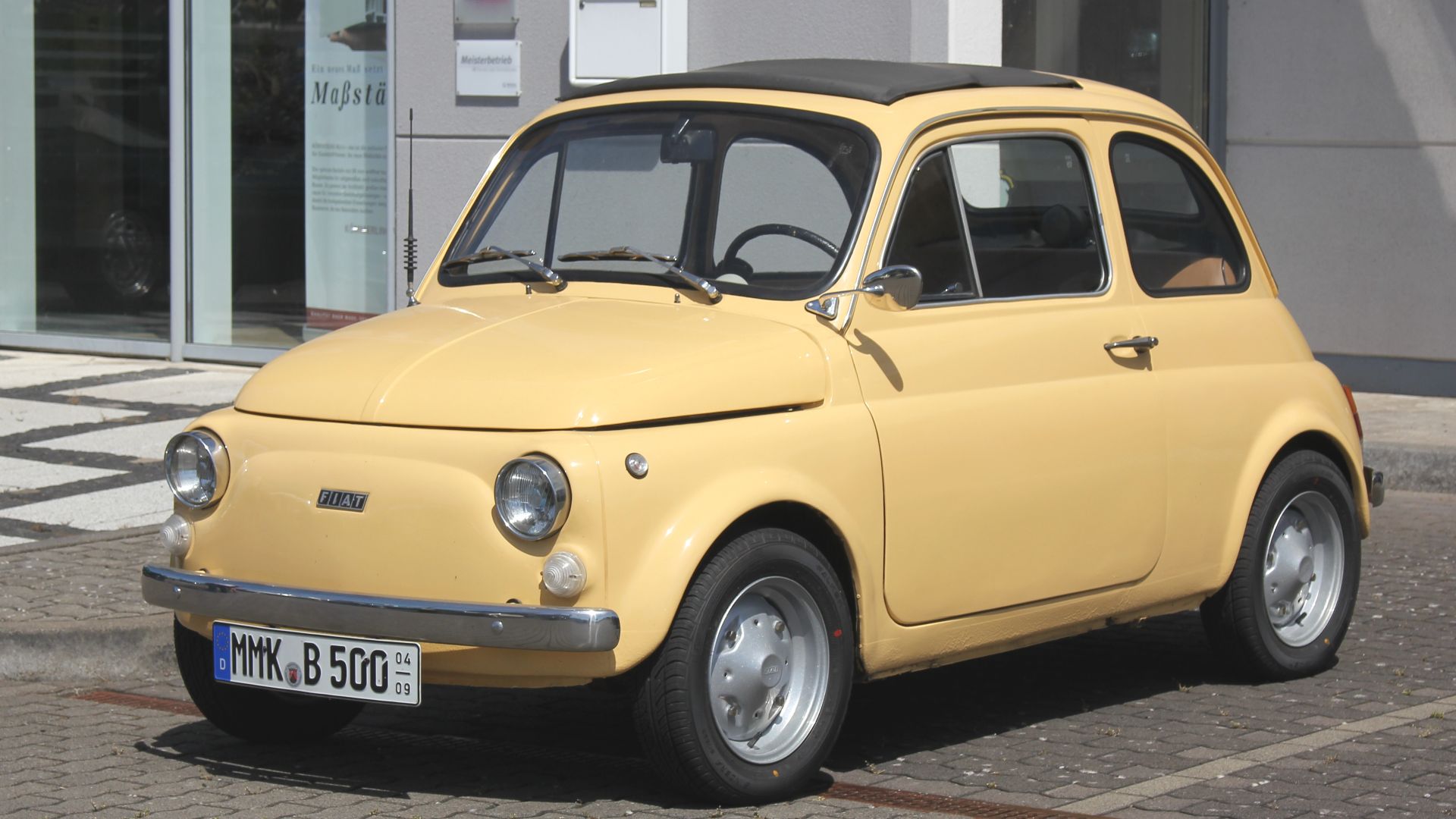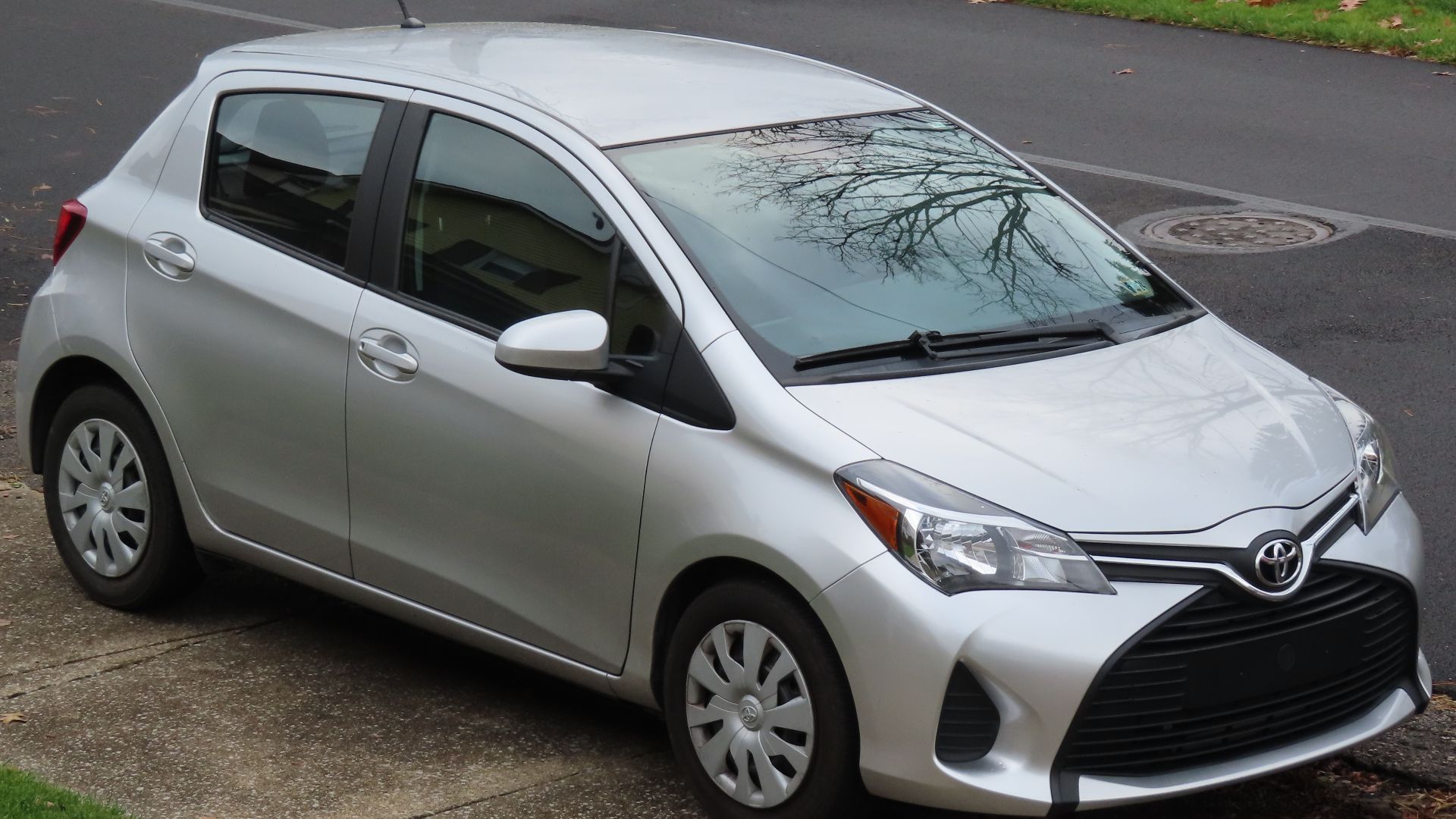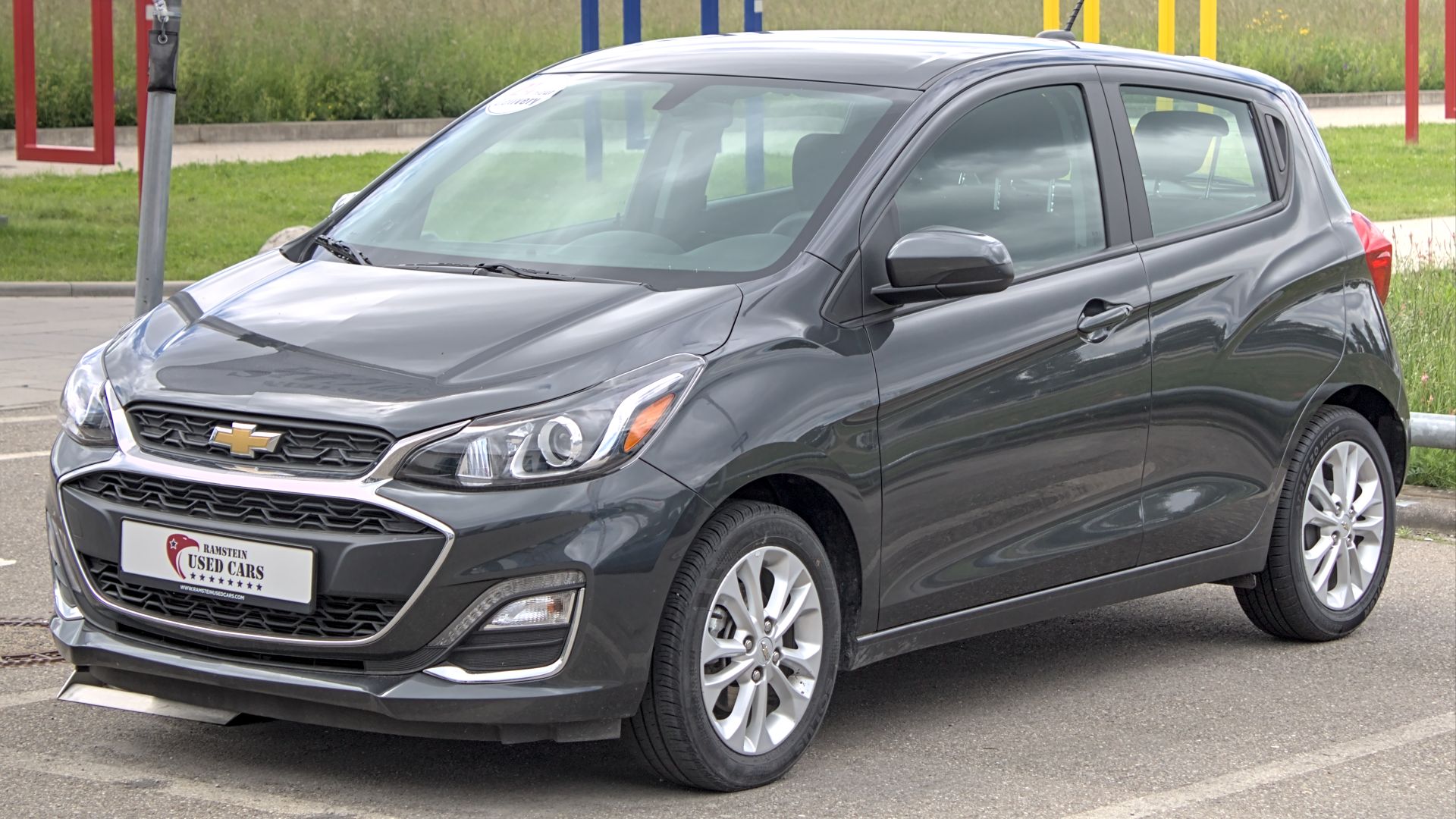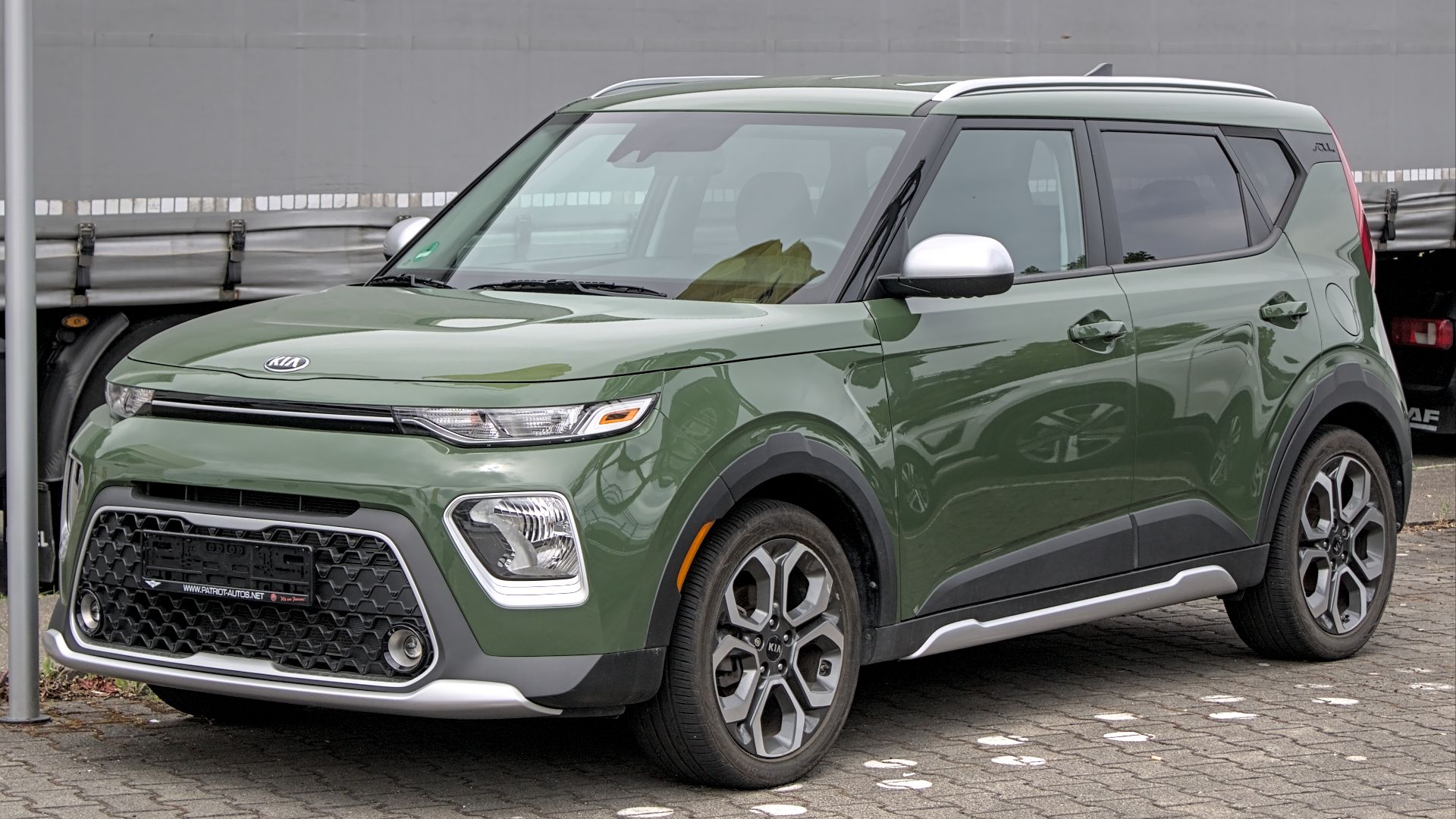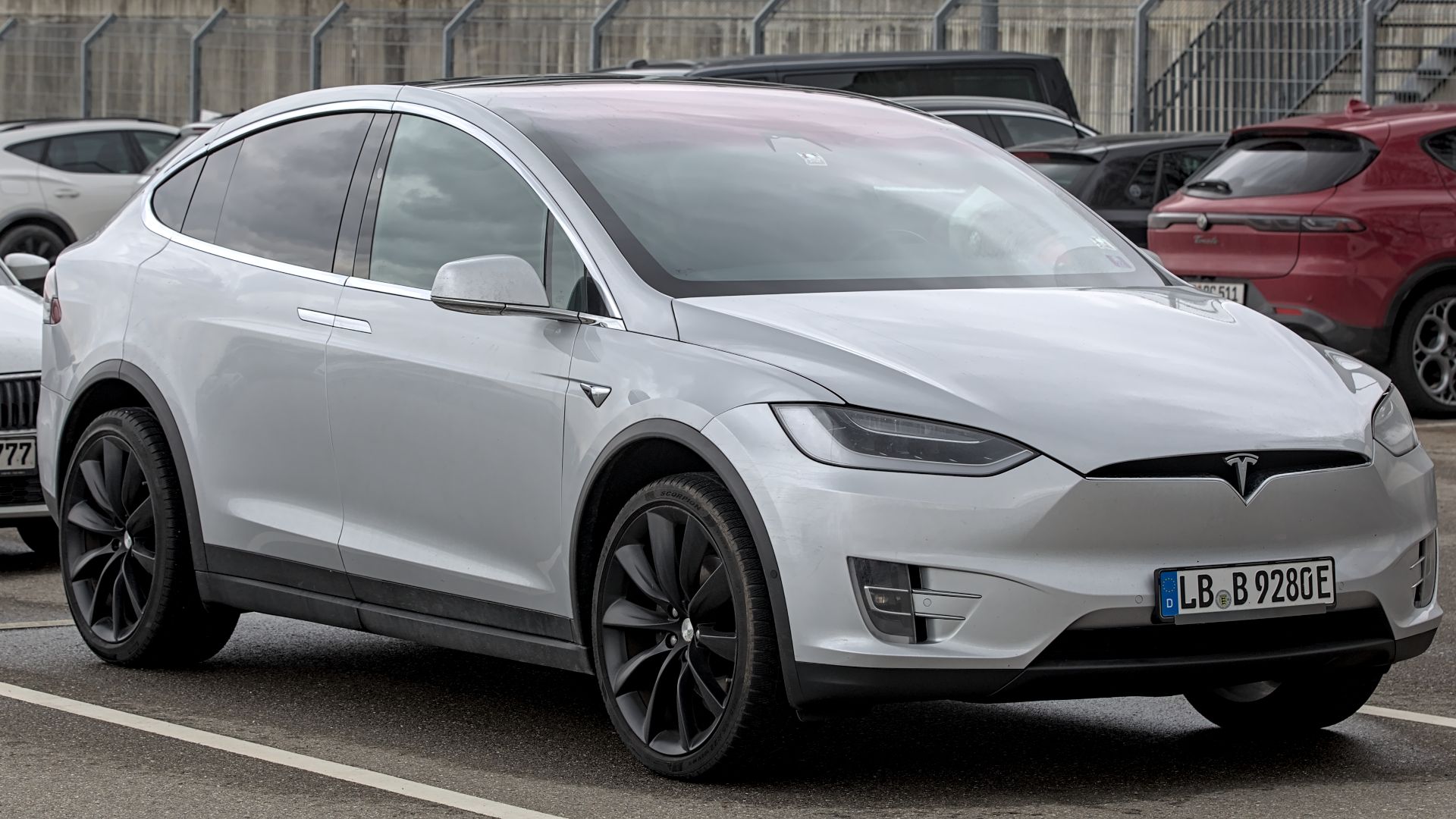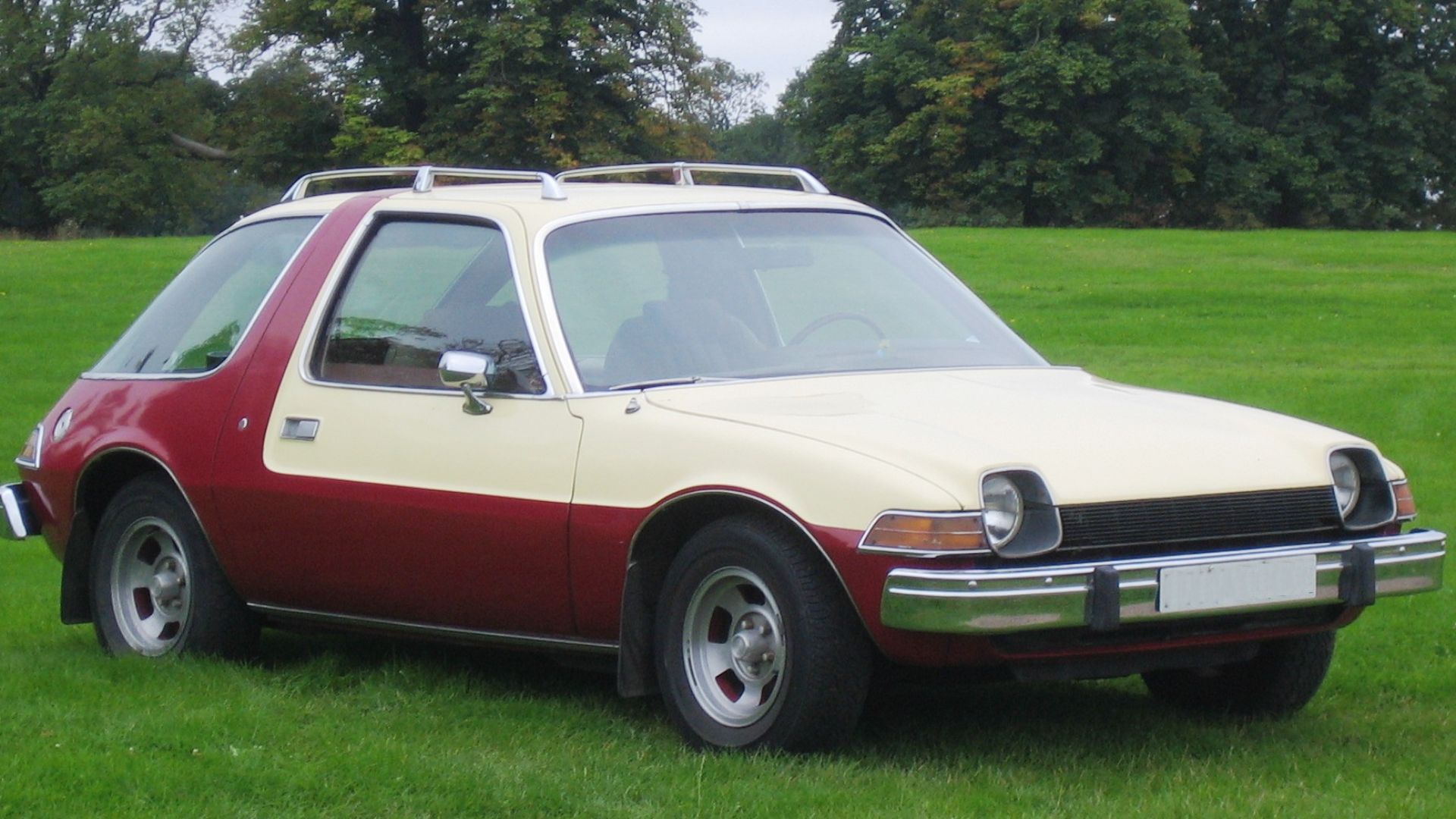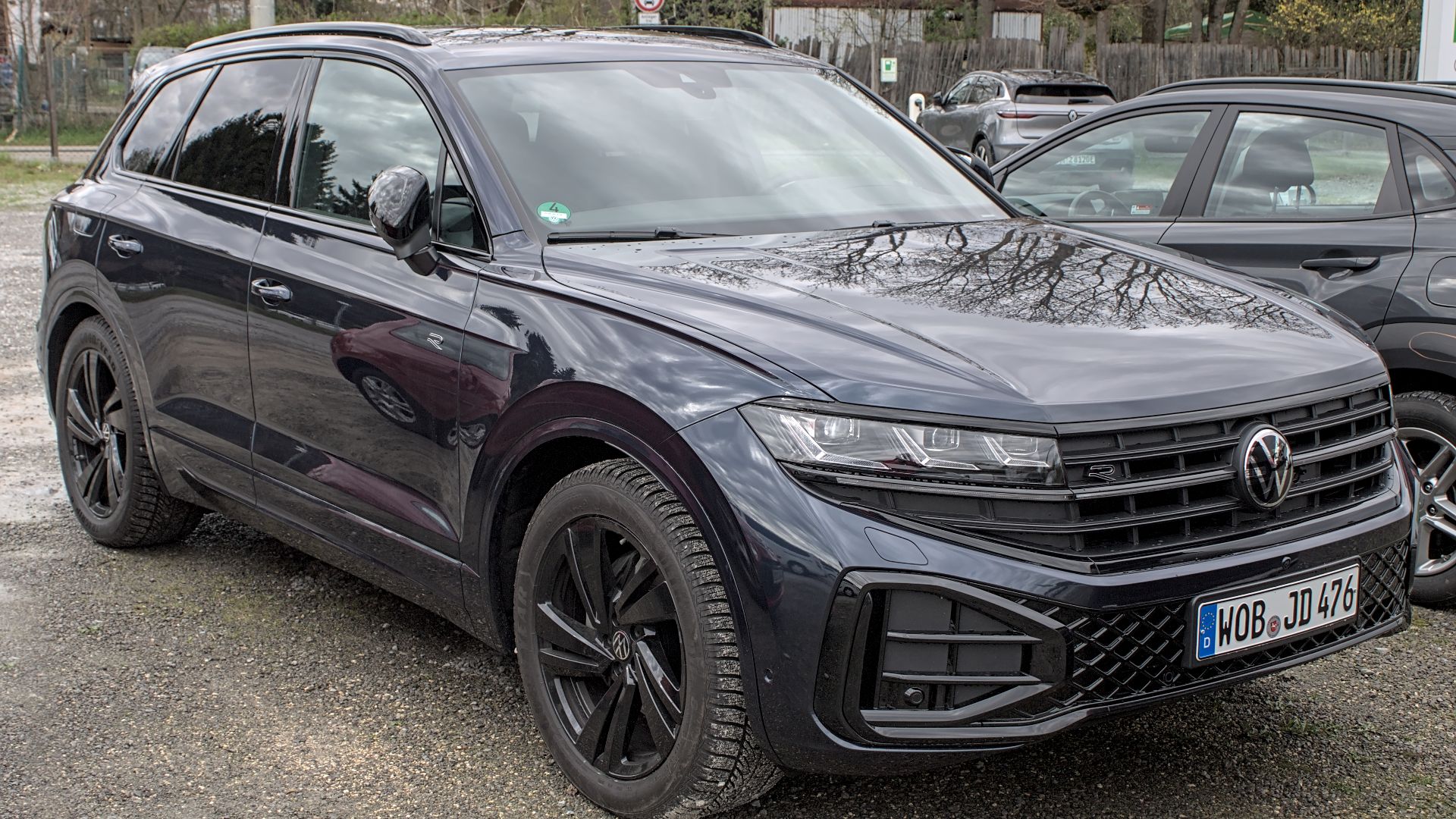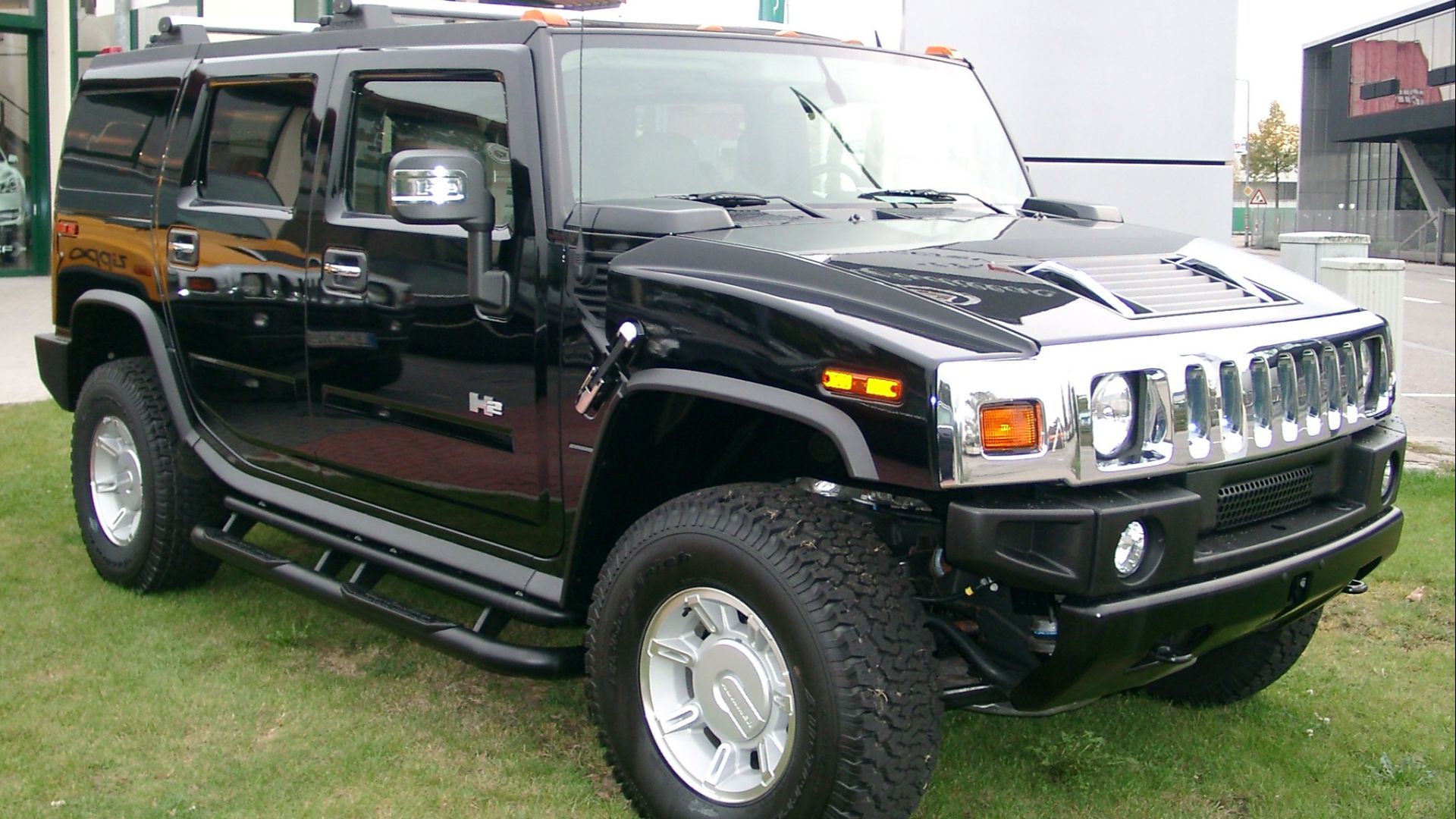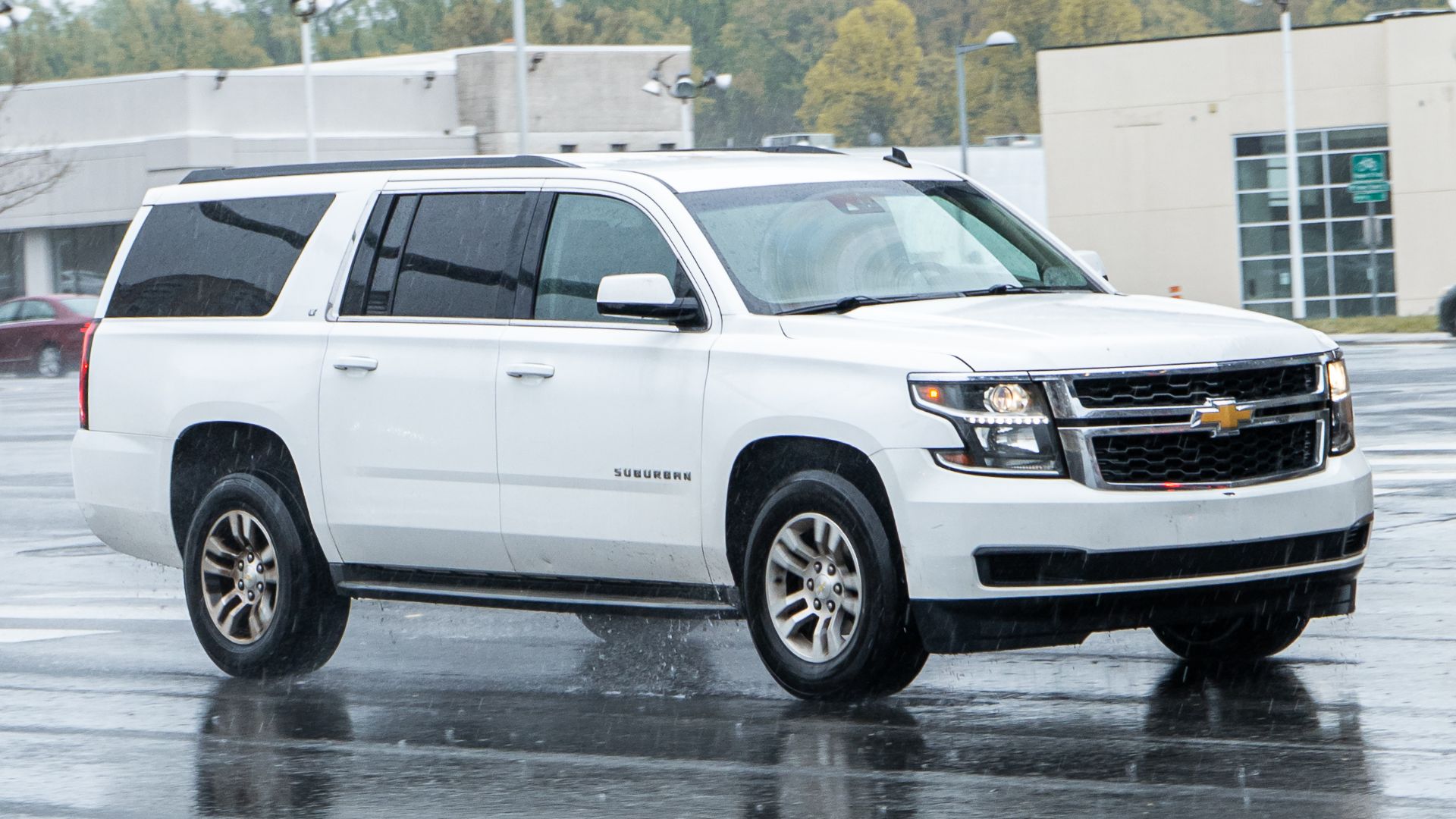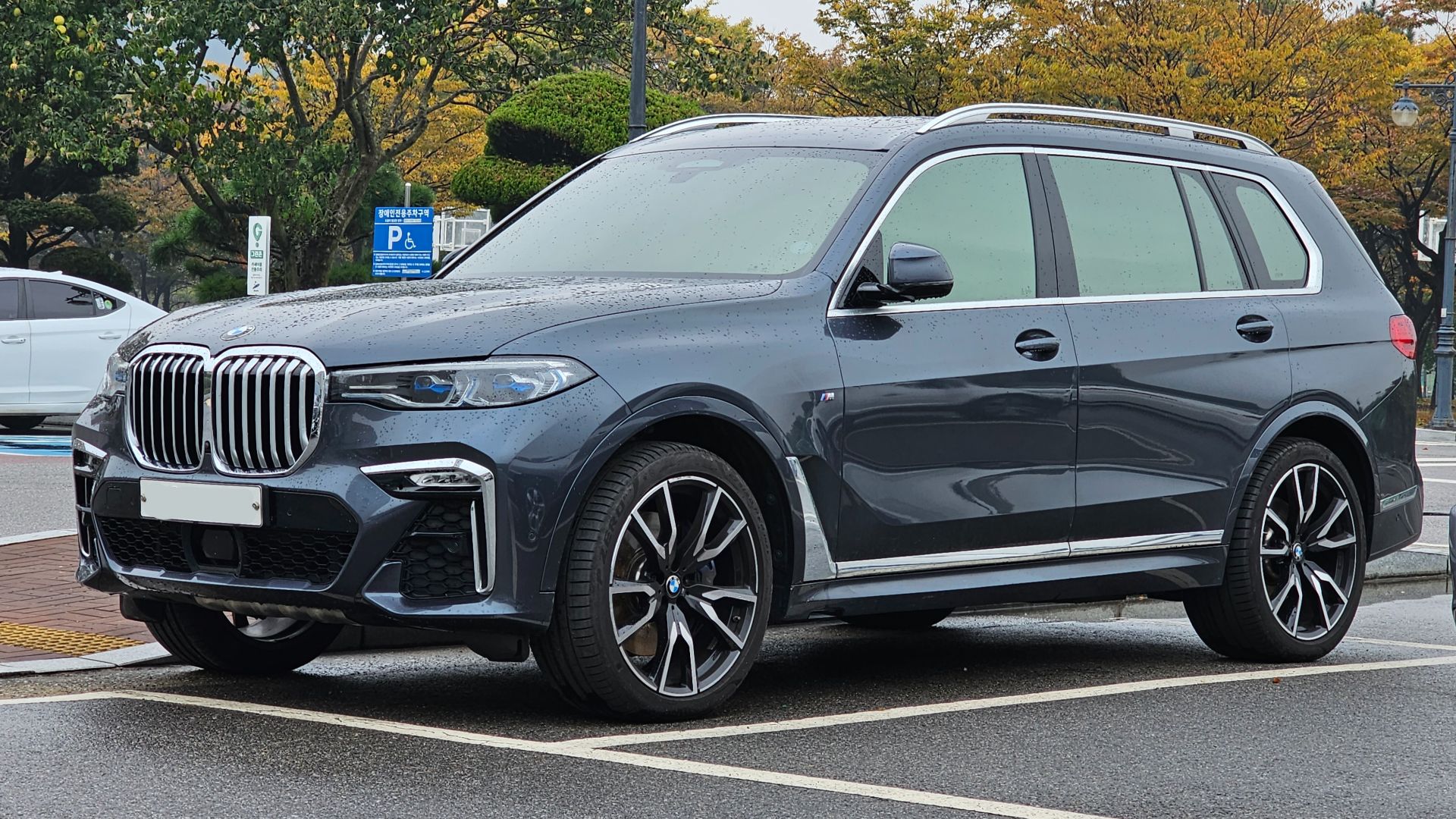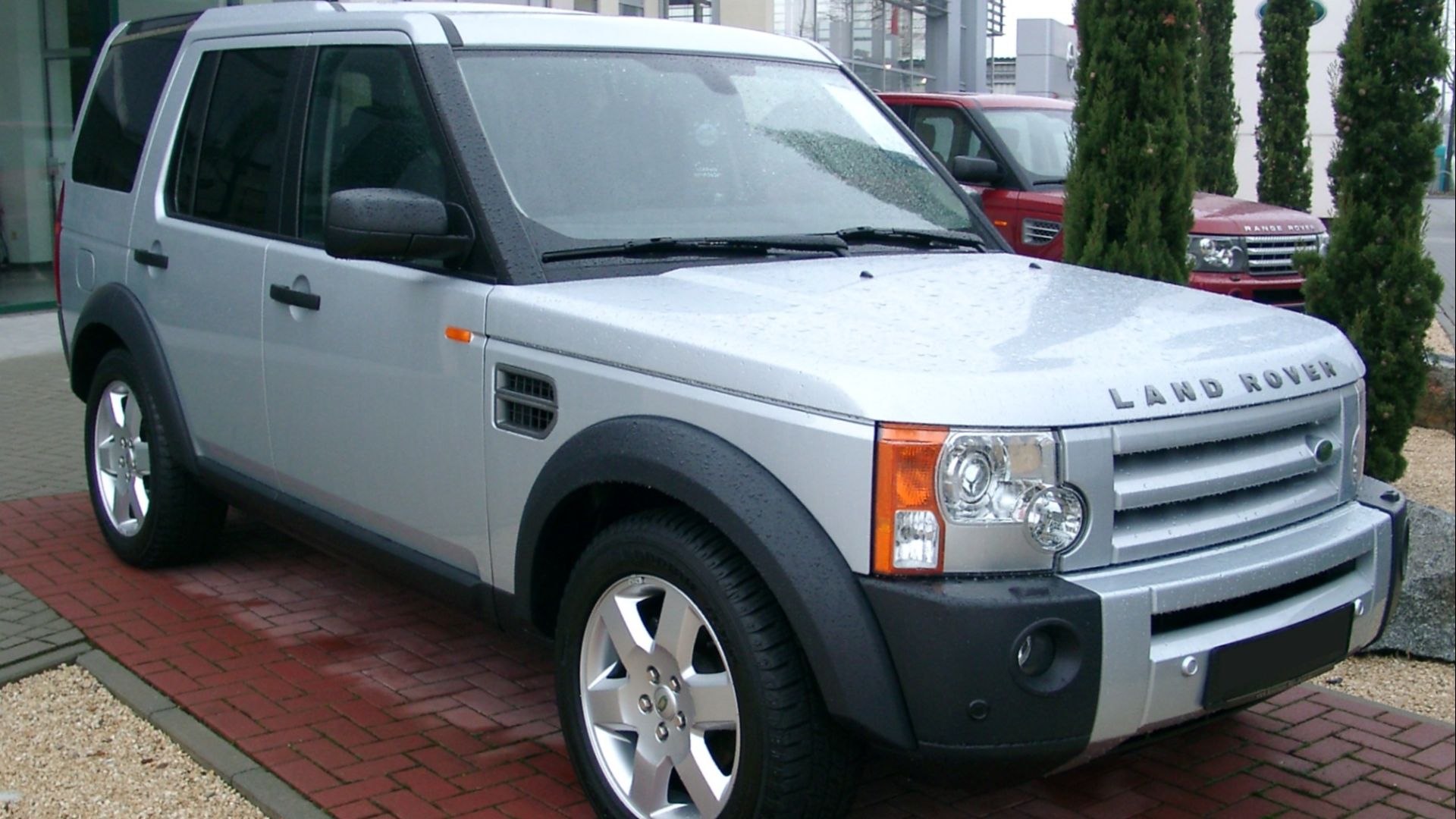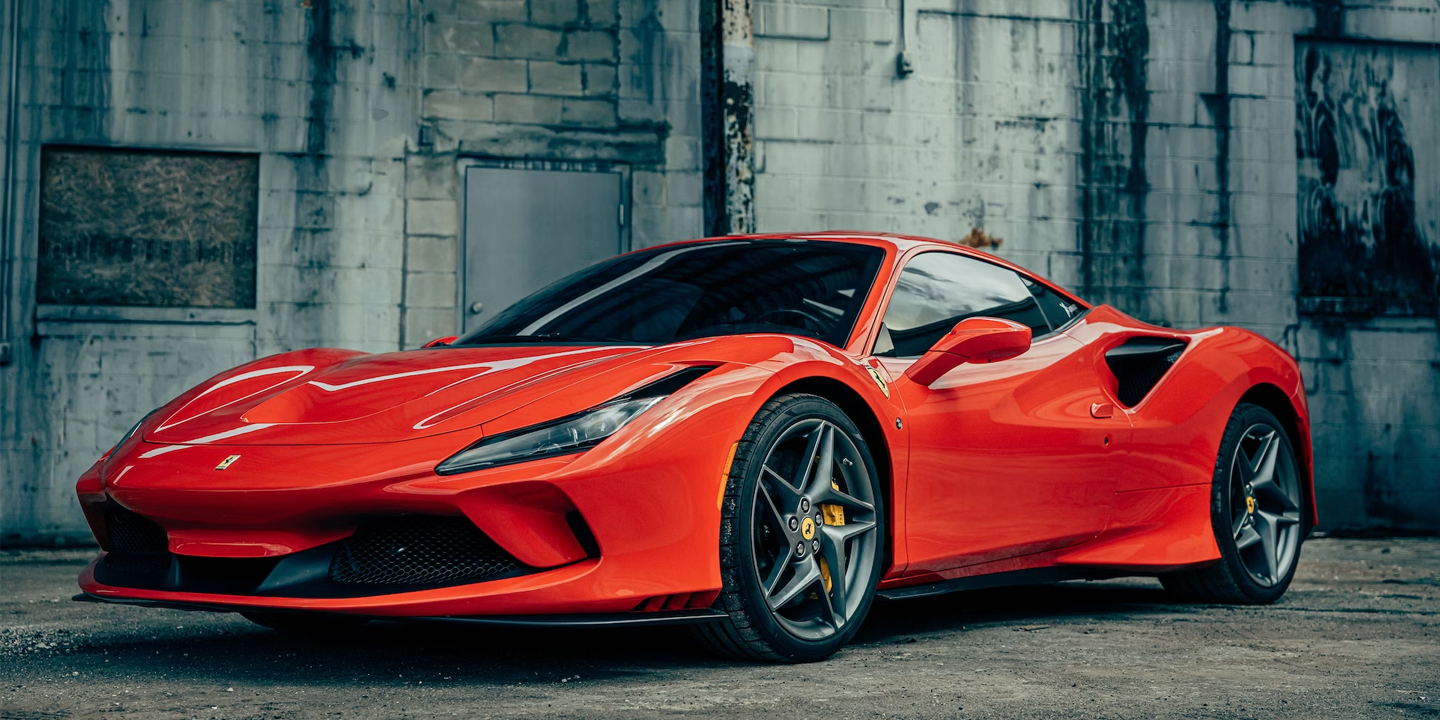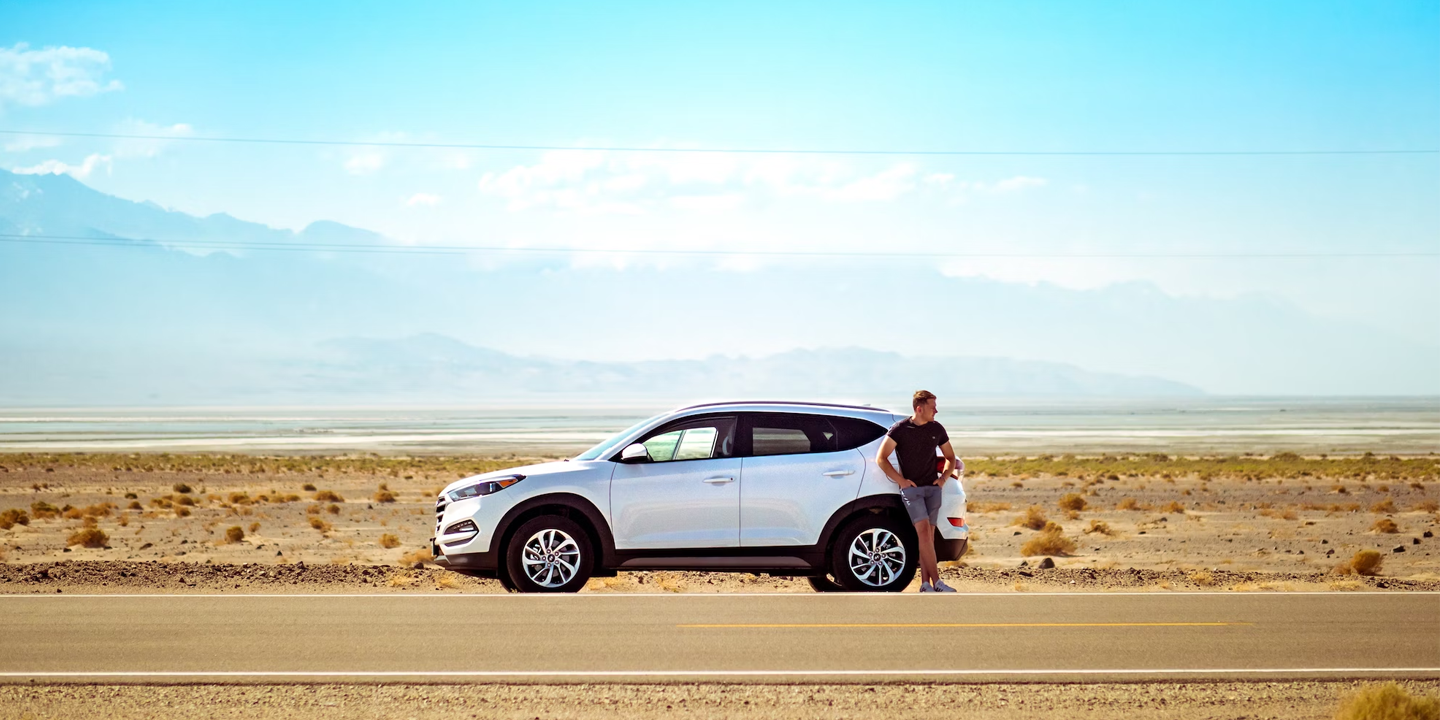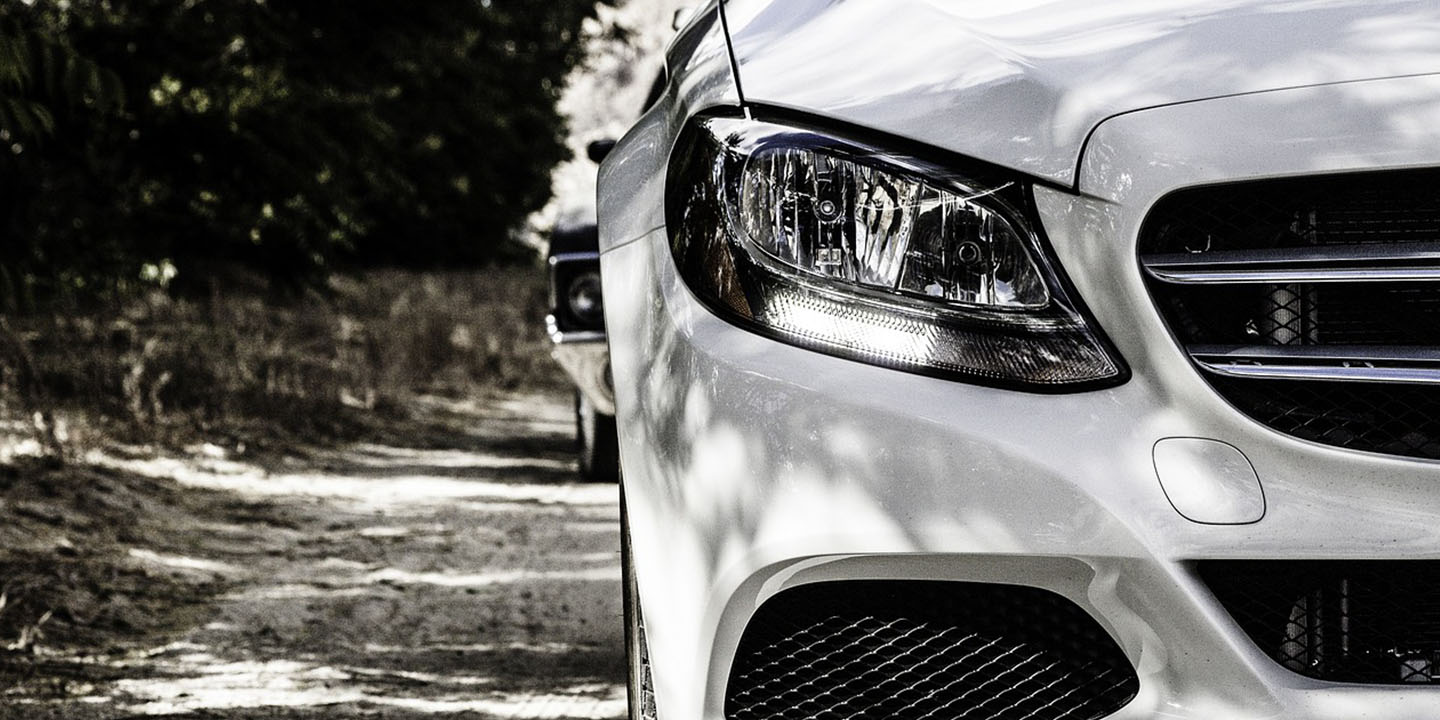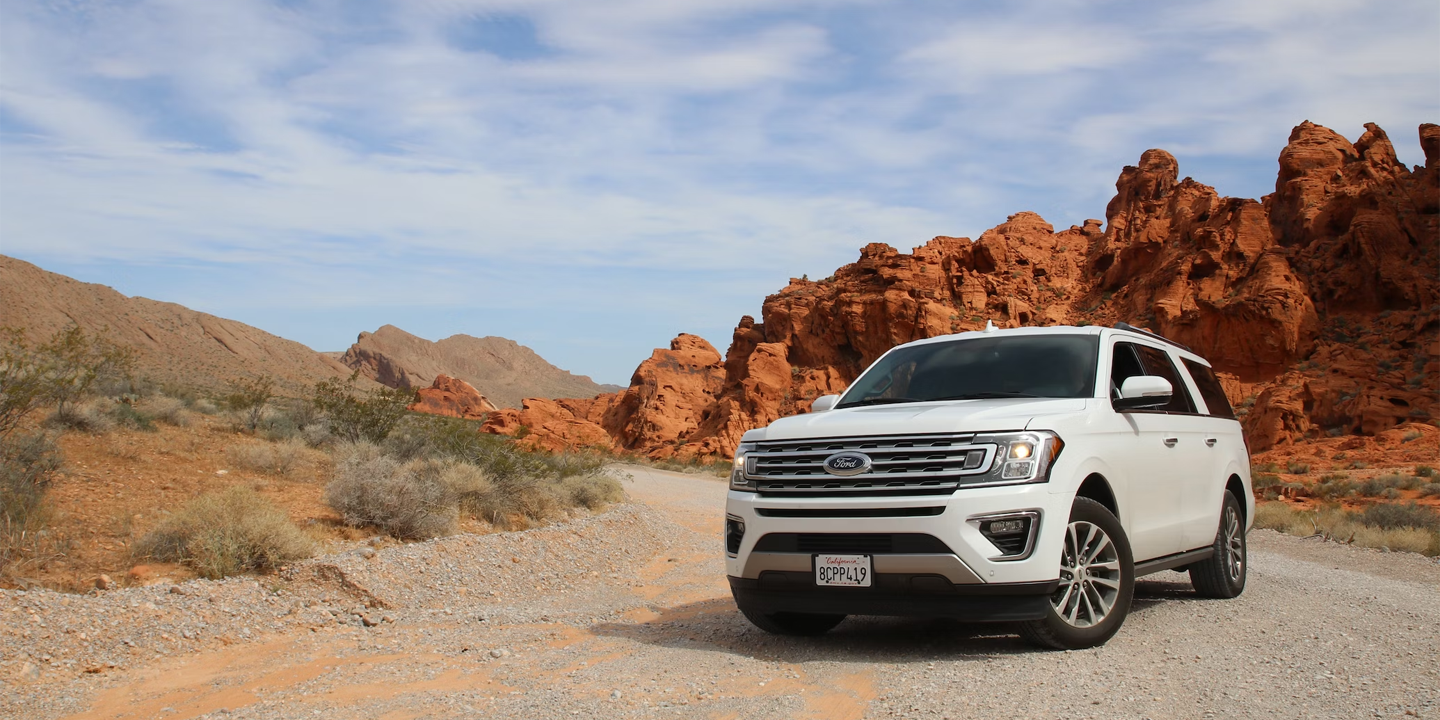Tight Turns And Wide Swings
Every car handles corners in a different way. Some spin through tricky spaces like pros, while others need an open field just to U-turn. Today, we’ve rounded up both types—ones that nail the spin and those that practically beg for a three-point turn.
1. Smart Fortwo
Forget multi-point turns—this car might just spin in place. The Smart Fortwo clocks an ultra-tight 6.95-meter turning circle thanks to its stubby wheelbase and rear-engine layout. It’s specifically engineered to dominate dense city grids where space is measured in inches, not feet.
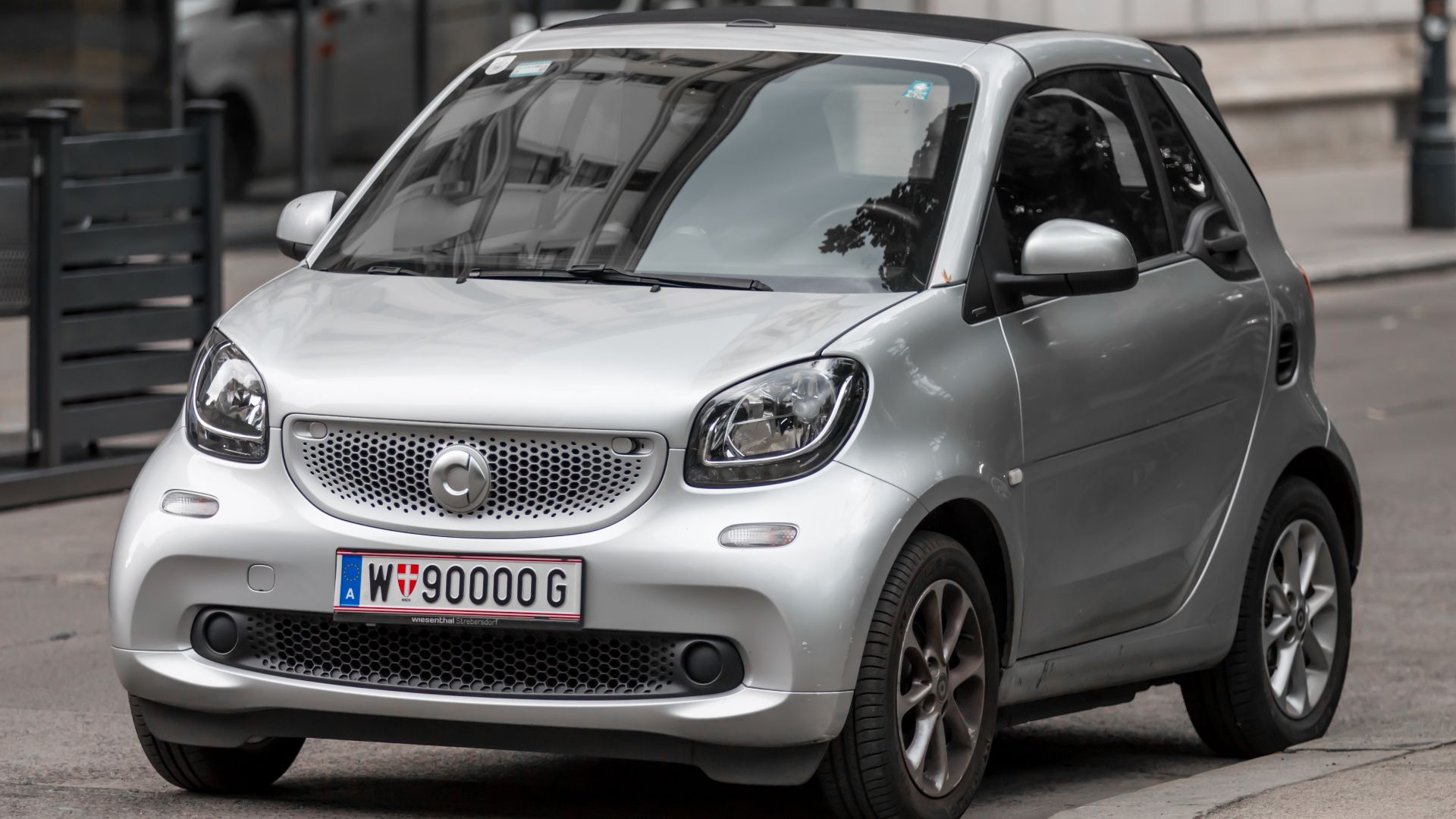 Johannes Maximilian on Wikimedia
Johannes Maximilian on Wikimedia
2. Mitsubishi Mirage
Instead of relying on high-tech systems, the Mirage keeps things simple: light steering, short overhangs, and a 15.1-foot turning radius. That combination makes it ideal for darting through cramped traffic patterns and executing stress-free turns near curbs or drive-thrus.
3. BMW i3
Engineered with rear-wheel drive and a tall cabin, the i3 wasn’t built just to impress tech fans. It was built to move smartly. The car’s 9.86-meter turning circle pairs with a highly responsive electric steering rack, allowing quick pivots in parking garages.
4. Honda Fit
You’ll notice the Fit’s smart packaging the moment you attempt a tricky corner. Its heightened seating position and wide glass areas give a clear sense of placement in traffic. Combined with a 5.0-meter turning radius, these features make negotiating cramped intersections feel completely natural.
5. Fiat 500
The 500’s iconic shape isn’t just for charm—it helps the car pivot confidently without scraping or awkward angles. Its rounded corners and short rear help it manage a 9.2 to 10.6-meter turning circle. The result? A city car that feels like it was born to dodge scooters and café chairs.
6. Toyota Yaris
Parallel parking can be a nightmare—unless you're behind the wheel of a Yaris. Rather than focusing on raw numbers, Toyota optimized steering input ratios to keep the car composed and precise in motion. That makes the Yaris feel far smaller than it actually is.
7. Mini Cooper
What makes the Mini feel like a go-kart isn’t just marketing, it’s the tight rack-to-pinion steering and stiff suspension tuning. Those features create instant feedback and make cornering feel playful. This is more about feel than figures, and the Mini nails it.
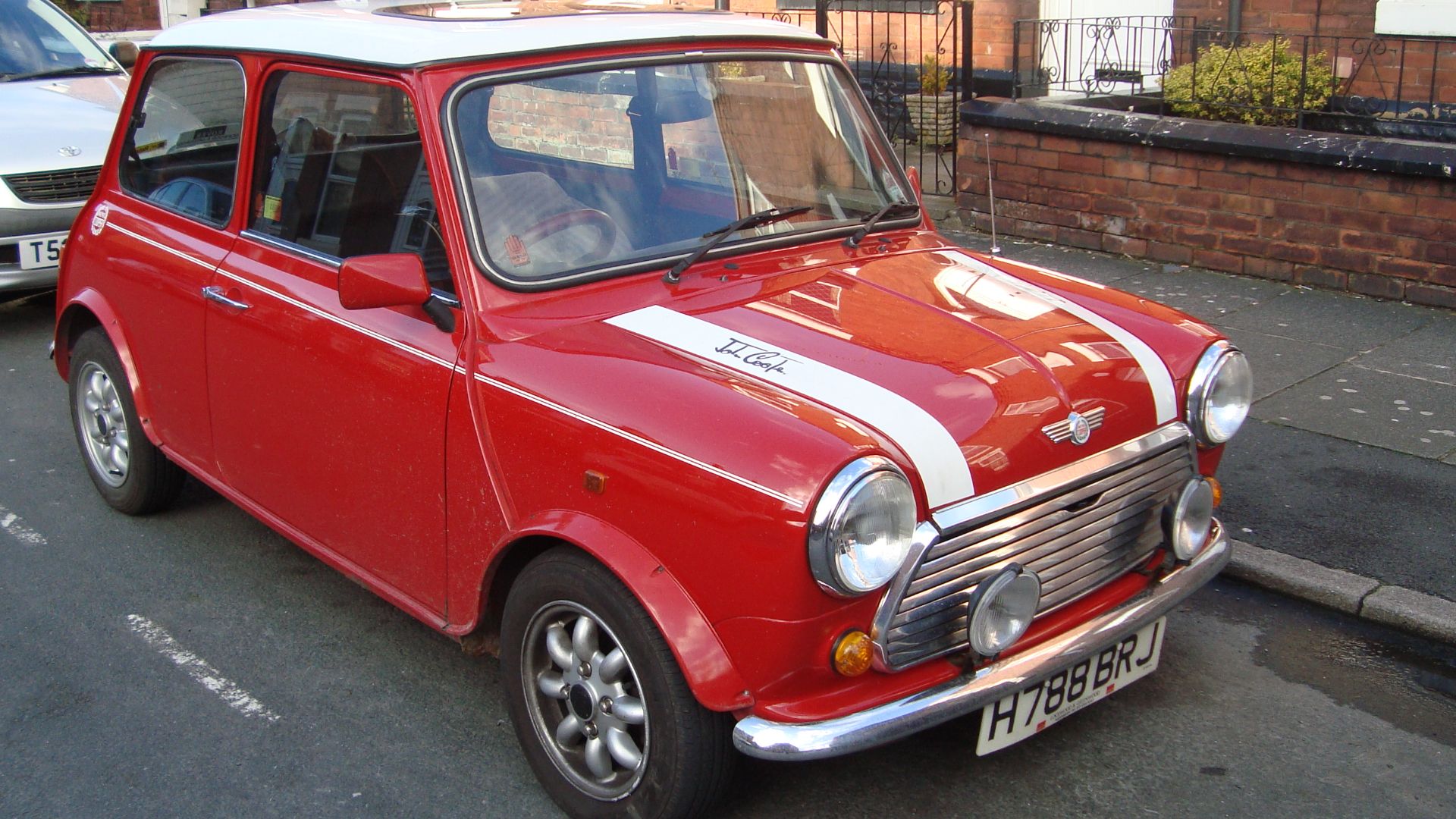 Kieran White from Manchester, England on Wikimedia
Kieran White from Manchester, England on Wikimedia
8. Chevrolet Spark
Some drivers just want something comfortable to drive. The Spark’s appeal lies in how quickly you can correct a wrong turn or wiggle into narrow driveways. It’s ideal for newer drivers who don’t want surprises when they swing the wheel around a bend or corner.
9. Hyundai Accent
Hyundai engineered the Accent to be confidence-inspiring. Tall windows and excellent sightlines make it easy to place precisely in motion, and the car reacts predictably to small steering inputs. That predictability matters just as much as raw turning specs.
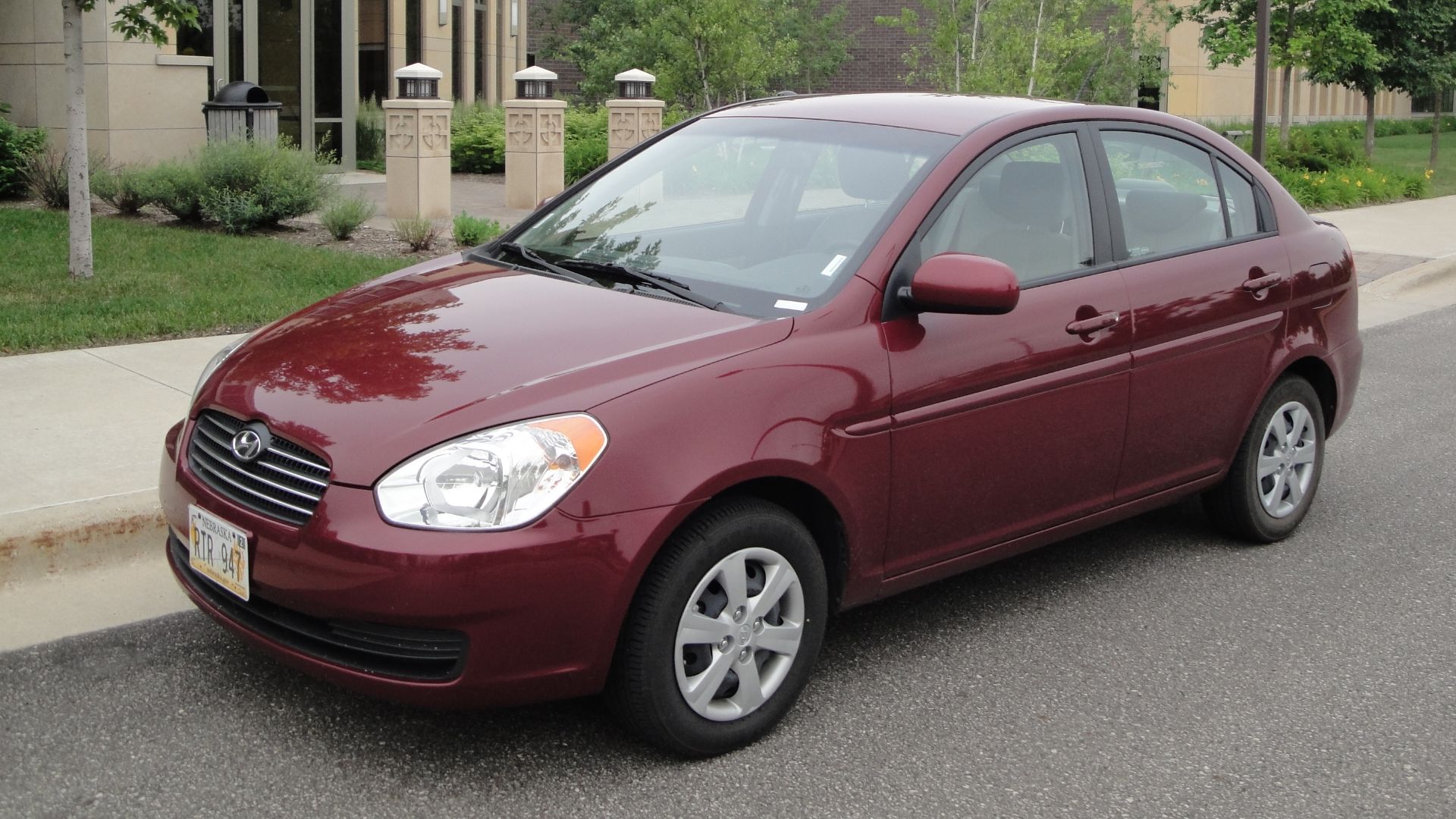 Greg Gjerdingen from Willmar, USA on Wikimedia
Greg Gjerdingen from Willmar, USA on Wikimedia
10. Kia Soul
The Kia Soul offers a turning radius of 5.3 meters. Despite that chunky silhouette, it slips through tight drive-thrus and winding residential blocks without hesitation. It’s the kind of car that surprises you, not because it looks nimble, but because it actually is.
Now, let's explore ten vehicles known for their larger turning circles, often necessitating a three-point turn.
1. Ford Focus ST
It’s built for backroads, not back alleys. While the Focus ST corners brilliantly at speed, its 39.4-foot turning diameter means you’ll likely need to reposition in tighter settings. That wide stance and front-wheel power make for thrilling drives—not smooth U-turns.
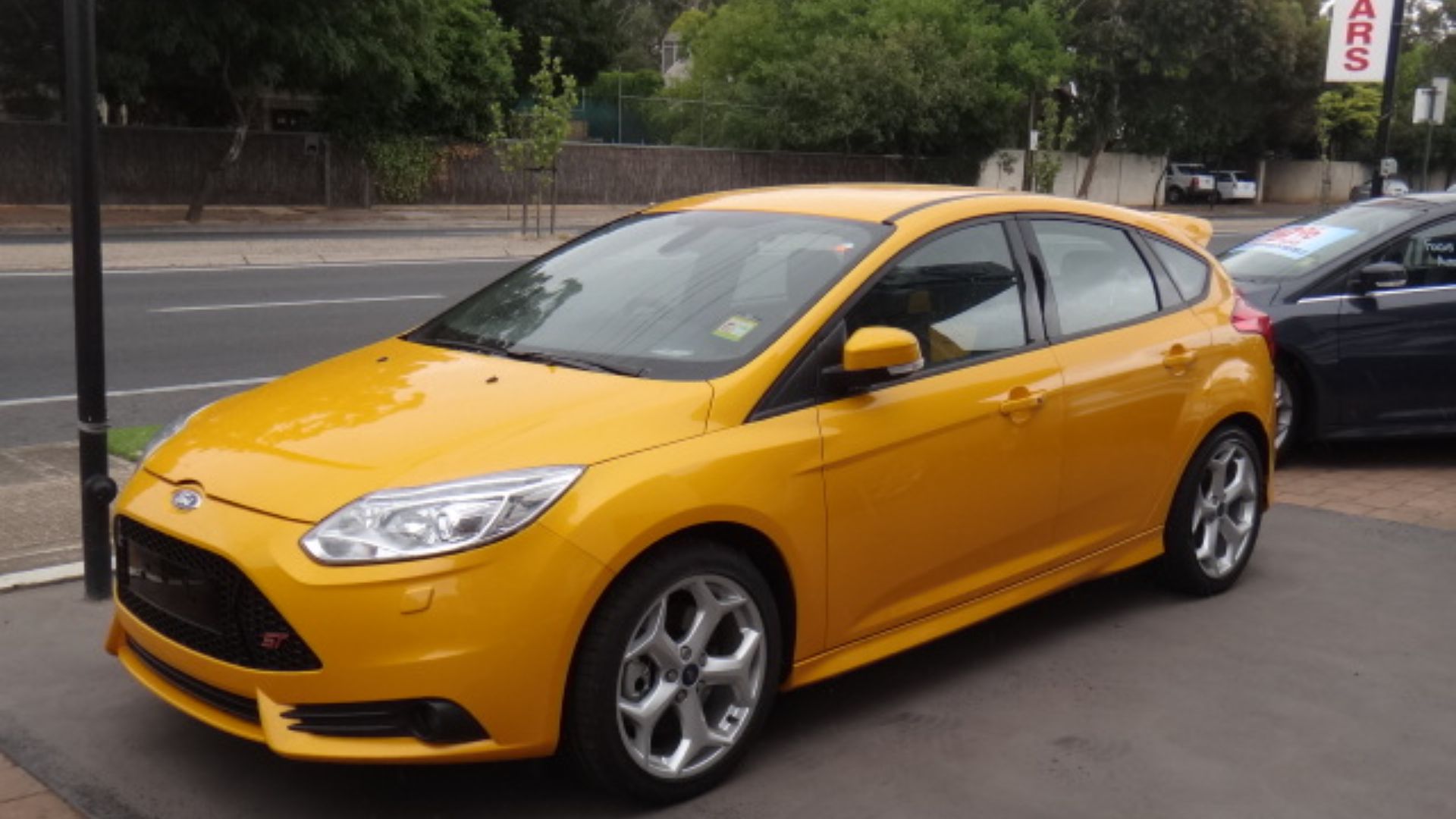 TuRbO_J from Adelaide, Australia on Wikimedia
TuRbO_J from Adelaide, Australia on Wikimedia
2. Ford Maverick
Despite being compact on paper, the Maverick turns like a midsize. A 40-foot circle isn’t enormous for its class, but it still limits flexibility in crowded store parking lots or small neighborhood roads where space is at a premium.
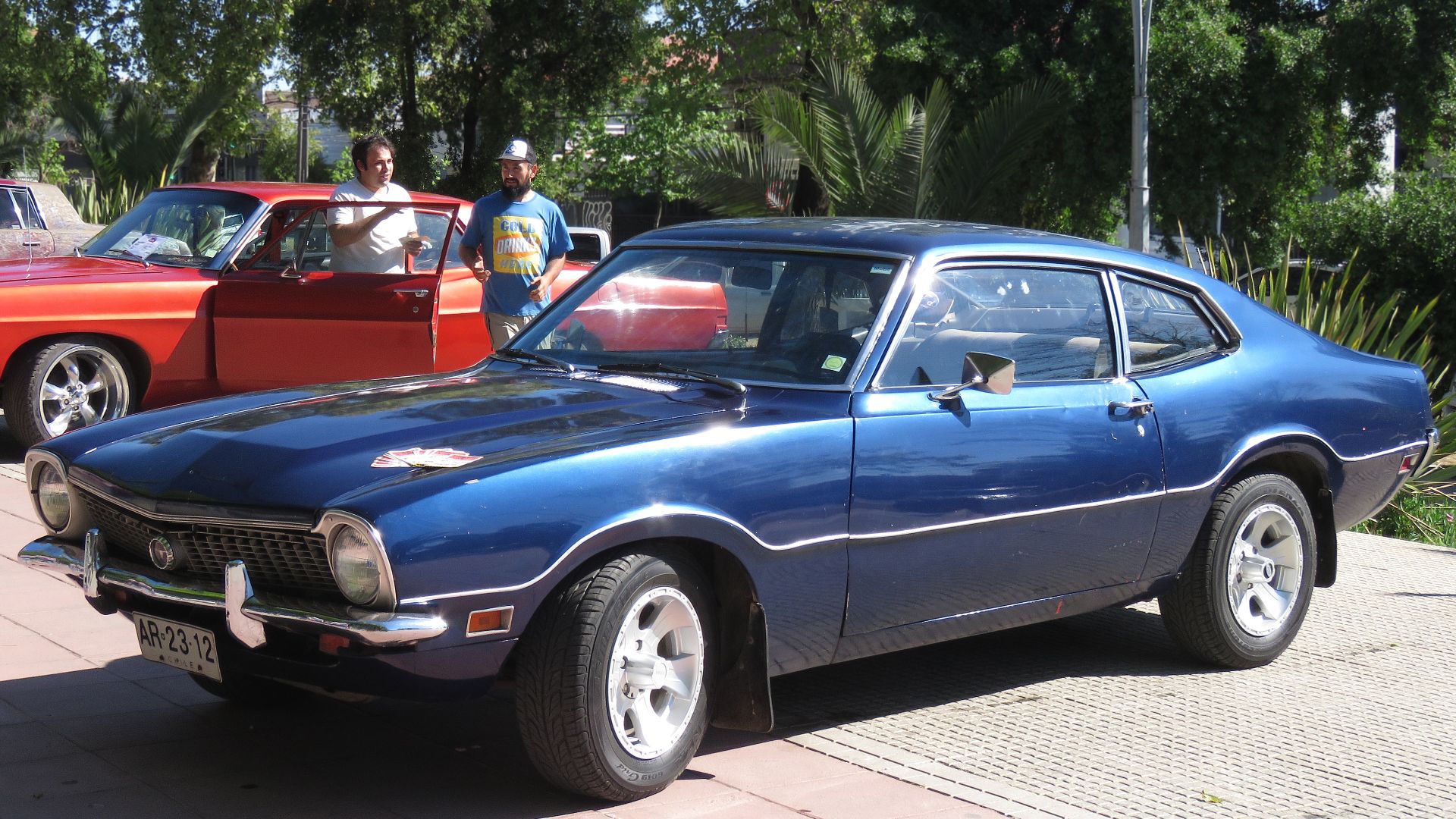 RL GNZLZ from Chile on Wikimedia
RL GNZLZ from Chile on Wikimedia
3. Tesla Model X
With Falcon-wing doors and a wide body, the Model X impresses more in a showroom than in a cul-de-sac. Its all-wheel-drive system adds grip, not nimbleness, and the nearly 42-foot turning diameter makes residential U-turns a chore. Drivers rely heavily on sensors, not instinct.
4. AMC Pacer
A wide-body design on a short wheelbase made the Pacer look futuristic, but function awkwardly. Though it was marketed as “the first wide small car,” its proportions created poor steering leverage, and many drivers had to reverse just to squeeze around driveways.
5. Volkswagen Touareg
Comfort often comes with a cost, and in this case, it's tight maneuvering. The Touareg delivers refined road manners and a tech-heavy cabin, but with a turning diameter of 12.19 meters (39 ft 12 in), it’s not built for snap decisions in cramped quarters. This SUV prefers graceful arcs over sharp pivots.
6. Hummer H2
Designed more like an armored vehicle than a daily driver, the H2’s massive 81-inch width and 43.5-foot turning diameter make it a nightmare in confined zones. Even wide roads feel narrow. You don’t steer this beast before figuring out how.
7. Chevrolet Suburban
This full-size SUV is built for transporting people, not executing tight pivots. With a 43-foot turning circle and a wheelbase stretching over 130 inches, the Suburban demands pre-thinking in residential neighborhoods. In apartment complexes, expect a backup camera and a second attempt.
8. BMW X7
The BMW X7 combines luxury and performance in a full-size SUV package. Despite its advanced features, it has a turning diameter of 40.7 feet for the M60i and 42.8 feet for the xDrive40i, which demands extra attention when threading narrow lanes or slotting into garage spaces.
9. Nissan Armada
Nissan Armada carries serious bulk, and you feel it at every corner. With its full-size SUV frame and body-on-frame construction, tight parking structures become a game of geometry. It’s great for hauling a crew but not so great at turning smoothly.
10. Land Rover Discovery
It’s popular for its off-road capabilities and luxurious features. However, its turning circle of 40.71 feet (12.41 meters) can be a hindrance in urban settings (or when attempting tight maneuvers). This larger turning radius means drivers might find it less agile in city driving scenarios.


